A heart attack is a life-threatening event that requires prompt medical attention and treatment. In cardiovascular health, antianginal drugs combat angina pectoris, a condition marked by chest pain due to diminished blood flow to the heart.
If you have or have been diagnosed with a heart attack, an antianginal medication helps improve the blood flow to your heart. Let us explore the drug’s mechanism of action, uses, side effects, and more!
Master ACLS Now
Get ACLS certified with confidence
Understanding Angina
Angina is chest pain or discomfort that occurs when the heart muscle doesn’t receive adequate oxygen-rich blood. It is usually triggered by strenuous physical activity or stress and typically lasts for a few minutes. The pressure or squeezing in your chest may radiate through your shoulders, arms, neck, jaw, or back, and it might even feel like indigestion.
Angina, rather than being a disease, is a symptom of an underlying heart condition called Coronary Heart Disease (CHD). Stable angina occurs due to reduced coronary blood flow to the heart, inducing chest pain. In contrast, unstable angina is a more complicated vascular condition that requires immediate treatment. Despite the challenging treatment, approximately 9 million people in the US have been diagnosed with the symptoms of angina.
What are Antianginals?
Antianginal is a term used to describe a wide range of oral medications used to prevent or relieve the symptoms of angina, specifically stable angina pectoris. These medications provide immediate relief from symptoms and help prevent angina attacks. They work by restoring the balance between the oxygen supply and demand of the heart by dilating the coronary vessels to increase the flow of oxygen to ischemic regions. Nitrates, beta-blockers, and calcium channel blockers are some categories of antianginal drugs.
How Do Antianginal Drugs Work?
Angina occurs when the coronary arteries, the primary source of oxygen to the heart, supply inadequate oxygen to the myocardium. This increases the workload of the heart muscles, thereby elevating the following factors:
- Heart rate
- Preload (blood volume in the ventricle at the end of diastole)
- Afterload (pressure in the arteries leading from the ventricle)
- The force of myocardial contractility
Antianginal medications relieve angina by decreasing one or more of the above-mentioned factors. These medications focus on two pharmacological actions: improving oxygen delivery to the heart from the coronary artery and decreasing the oxygen demand of the heart. Depending on the antianginal agent, you will find different mechanisms of action to achieve these results.
Types of Antianginal Medications
When you visit your healthcare professional for angina treatment, they will recommend a series of tests to determine the exact condition of your cardiovascular health. After immediate treatment or to prevent further complications, they will recommend antianginal drugs. Let us explore some common types of antianginal medications:
Nitrates
Nitrates act as vasodilators by relaxing the smooth muscles within the blood vessels, making it easier for blood and oxygen to reach the heart. These drugs reduce preload and myocardial muscle tension by dilating the arteries. These actions decrease both oxygen demand and the workload of the heart.
Beta Blockers
Beta-blockers are the first-line therapy for angina and function by blocking the effects of adrenaline. They slow down the heart, reducing how hard it has to work and its oxygen demand. As a result, they decrease contractility and reduce total peripheral resistance. They are classified as cardio-selective and non-selective. Cardio-selective drugs have a greater affinity for beta receptors and are used for treating stable angina.
Calcium Channel Blockers
Calcium channel blockers, or calcium antagonists, prevent calcium from entering the cells lining the blood vessels, allowing them to relax and open up to increase blood oxygen flow to the heart. This reduces total peripheral resistance and decreases ventricular contractility. These drugs are classified as non-dihydropyridine and dihydropyridine. Non-dihydropyridine has a greater effect in the treatment of stable and vasospastic angina than dihydropyridine.
Here’s an overview of antianginal medications,
| Drug Name | Indication | Approved Drugs | Mechanism of Action |
| Nitrates |
|
|
|
| Beta Blockers |
|
|
|
| Calcium Channel Blockers |
|
|
|
What are Antianginal drug uses?
Antianginal medicines differ in their approved uses based on their mechanism of action. Here are some common antianginal drug uses,
Nitrates
Short-acting nitrates are quickly absorbed and can provide immediate relief from angina attack symptoms. Long-acting nitrates are used for the long-term prevention of angina symptoms.
Beta Blockers
Beta-blockers are used long-term to reduce or prevent angina symptoms. They are also used to treat high blood pressure (hypertension), atrial fibrillation (irregular heartbeat), congestive heart failure, and myocardial infarction (heart attack).
Calcium Channel Blockers
Calcium channel blockers are used in the long-term management of chronic stable angina and other cardiovascular disorders, such as hypertension and arrhythmias. These may also be combined with statins to treat angina.
Read More: Identifying and Treating Atrial Fibrillation (AFib or AF) and Treatment
Side Effects of Antianginal Drugs
Antianginal drugs are usually considered safe and well-tolerated. Nonetheless, they may have potential side effects, depending on the initial drug selection or adjustments to therapy. Antianginal drugs may cause:
- Headaches
- Vertigo (feeling off-balance)
- Dizziness
- Weakness
- Palpitations (rapid, irregular, strong heartbeat)
- Hypotension
- Bradycardia (slow heart rate)
- Dry mouth
- Low platelet count
- Rash/ itching
- Prolonged bleeding time
- Indigestion
Risks with Antianginal Drugs
The risks and contraindications associated with antianginal drugs vary depending on the category and the patient’s health status. Therefore, you should always consult with your healthcare professional and seek medical advice before taking any medication. The contraindications for these drugs include:
- The administration of ranolazine is contraindicated with strong CYP3A inhibitors and inducers. It is evidently harmful in patients with significant liver impairment.
- Beta-blockers pose severe risks in patients with first-degree heart block, cardiogenic shock, cardiac failure, bronchial asthma, and sick sinus syndrome.
- Calcium channel blockers are contraindicated in patients taking beta-blockers or those with heart failure with reduced ejection fraction, sick sinus syndrome, and second or third-degree atrioventricular block.
- Nitrates are contraindicated in patients who have taken sildenafil or vardenafil within 24 hours. Patients with hypertrophic cardiomyopathy may suffer from outflow tract obstruction, while nitrates may cause hypotension in individuals with suspected right ventricular infarction.
Read More: Identifying and Treating First-Degree AV Block
Conclusion: Protect your Heart Health with Antianginal Drugs
With the complex physiological networks of heart attack, antianginal medications work through sophisticated biochemical pathways. Despite the possible side effects, these medications play an indispensable role in cardiovascular therapeutics. However, your treatment plan for heart health involves more than just taking medications; but also adopting a healthy lifestyle, staying physically active, and seeking learning ACLS training to handle emergencies. This allows you to lead a heart-healthy, happy life.
References
- Drug Office – Oral Antianginal Drugs
- Antianginal Drugs & Heart Attacks: All You Need | Medanta | Medanta
- Antianginal Drugs – The Cardiology Advisor
- Antianginal – an overview | ScienceDirect Topics
- Antianginal medications and long‐term outcomes after elective catheterization in patients with coronary artery disease – PMC







